welcome buddy! how are you audience? May be fine. If you not feel good or booring,
now I share a news that may be make you crazy. But who like to capture his funny memorable moment in a frame,
a real photographer must be crazy after read this article.
if you’re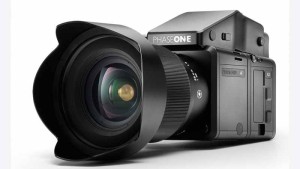 spending more than $60,000 on a camera and a couple of lenses, the technology better be good. And with its XF camera body and accompanying 80-megapixel IQ3 digital image sensor back, Copenhagen-based Phase One delivers top-notch results. Although the camera system is cumbersome compared to the marvels of miniaturized mechanization from Canon and Nikon, its images possess stellar sharpness and rich color. With this much detail, you want to dive into the pixels on your screen, then print huge posters.
spending more than $60,000 on a camera and a couple of lenses, the technology better be good. And with its XF camera body and accompanying 80-megapixel IQ3 digital image sensor back, Copenhagen-based Phase One delivers top-notch results. Although the camera system is cumbersome compared to the marvels of miniaturized mechanization from Canon and Nikon, its images possess stellar sharpness and rich color. With this much detail, you want to dive into the pixels on your screen, then print huge posters.
These products are from t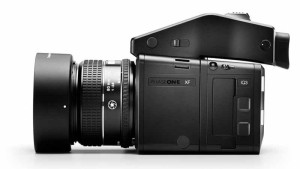 he medium-format photography domain, where equipment is geared for professionals whose exceptionally large budgets can pay for the cameras’ exceptionally large image sensors. Most high-end photographers are satisfied with the full-frame sensors found in the premium Nikon, Canon and Sony cameras that generally cost between $2,000 and $5,000. Those sensors measure 36x24mm — the size of a full frame of 35mm-format film from the old days. But Phase One’s IQ3 sensor is 2.5 times larger at 53.7×40.4mm. That’s enough pixels to print a large poster measuring 34×26 inches at a sharp 300 dots-per-inch setting.
he medium-format photography domain, where equipment is geared for professionals whose exceptionally large budgets can pay for the cameras’ exceptionally large image sensors. Most high-end photographers are satisfied with the full-frame sensors found in the premium Nikon, Canon and Sony cameras that generally cost between $2,000 and $5,000. Those sensors measure 36x24mm — the size of a full frame of 35mm-format film from the old days. But Phase One’s IQ3 sensor is 2.5 times larger at 53.7×40.4mm. That’s enough pixels to print a large poster measuring 34×26 inches at a sharp 300 dots-per-inch setting.
Phase One’s extraord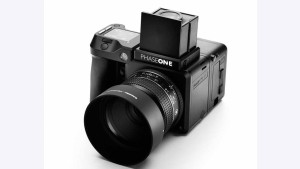 inarily high prices rule out these cameras out for the vast majority photographers, although you can rent them for fees that are more attainable. Despite the premium price, Phase One plugs away against more conventional competitors like Canon’s $3,700 50-megapixel EOS 5DS and Nikon’s $3,000 36-megapixel D810. Cheaper medium-format options, notably Pentax’s five-year-old, 40-megapixel 645D at $3,700 and the 2014 51-megapixel Pentax 645Z at $7,800, have some appeal to those with film-era Pentax medium-format lenses. The Pentax sensors, though larger than those in Nikon and Canon full-frame cameras, are only somewhat larger at 44x33mm, and they have only 14-bit color depth compared to Phase One’s 16 bits. Phase One, dedicated exclusively to medium-format photography, also has a better selection of digital-era lenses, in particular with its partnership with Schneider Kreuznach.
inarily high prices rule out these cameras out for the vast majority photographers, although you can rent them for fees that are more attainable. Despite the premium price, Phase One plugs away against more conventional competitors like Canon’s $3,700 50-megapixel EOS 5DS and Nikon’s $3,000 36-megapixel D810. Cheaper medium-format options, notably Pentax’s five-year-old, 40-megapixel 645D at $3,700 and the 2014 51-megapixel Pentax 645Z at $7,800, have some appeal to those with film-era Pentax medium-format lenses. The Pentax sensors, though larger than those in Nikon and Canon full-frame cameras, are only somewhat larger at 44x33mm, and they have only 14-bit color depth compared to Phase One’s 16 bits. Phase One, dedicated exclusively to medium-format photography, also has a better selection of digital-era lenses, in particular with its partnership with Schneider Kreuznach.
iF YOU LOKI THIS POST…
PLS COMMENT


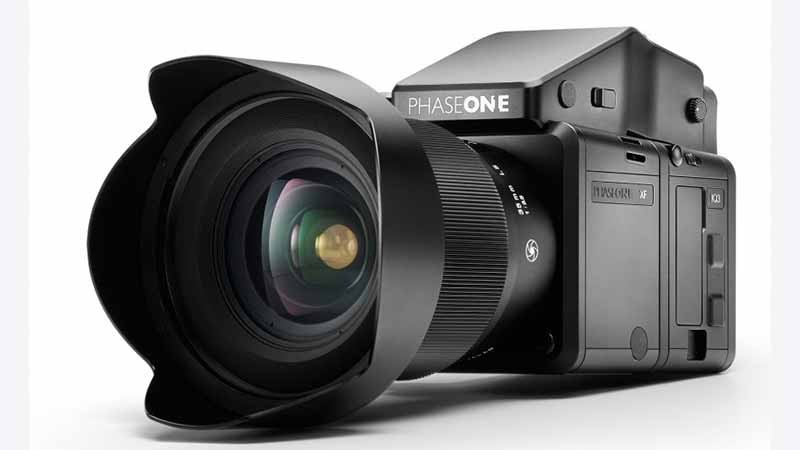

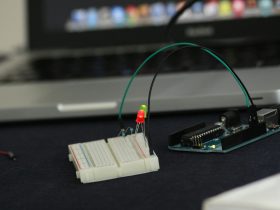

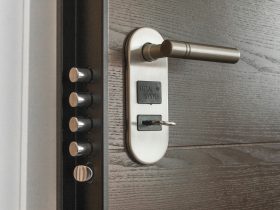

Leave a Reply